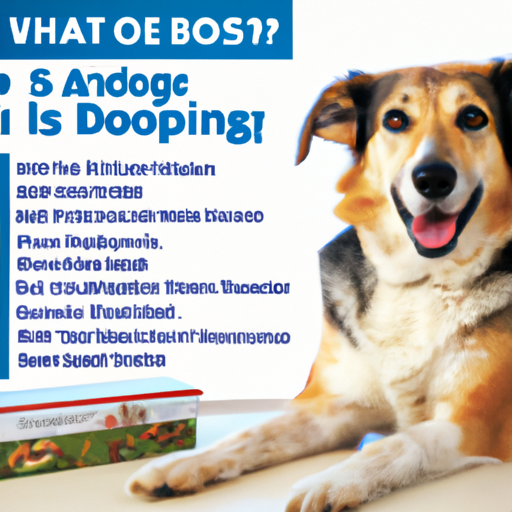As a caregiver, you take your responsibilities seriously. You’re not only looking out for the health and wellbeing of your human loved ones but also for the four-legged members of your family. You want what’s best for them. And that includes their diet. So, let’s dive into the topic at hand: which is the best food for dogs?
H2: Understanding Your Dog’s Nutritional Needs
Just like us, dogs need a balanced diet to stay healthy. Their food should provide the right mix of proteins, carbohydrates, fats, vitamins, minerals, and water. But remember, not all dogs are the same. Nutritional needs can vary based on age, breed, size, and health status.
- Puppies need a diet high in proteins and fats to support their rapid growth and development.
- Adult dogs require a balanced diet to maintain their health and vitality.
- Senior dogs often need lower-calorie foods with a focus on maintaining joint health.
Here is a simple table to illustrate the different nutritional needs of dogs at various life stages:
| Life Stage | Protein | Fats | Carbohydrates |
|---|---|---|---|
| Puppy | High | High | Medium |
| Adult | Medium | Medium | High |
| Senior | Medium | Low | High |
H2: Types of Dog Food
Now that you understand your dog’s nutritional needs, let’s look at the different types of dog food available.
-
Dry food: Also known as kibble, this is a popular choice due to its convenience and long shelf-life.
-
Wet food: This type of food is higher in moisture content and can be a good option for dogs who don’t drink enough water.
-
Raw or homemade food: Some dog owners prefer to have complete control over their dog’s diet. However, this requires careful planning to ensure all nutritional needs are met.
-
Prescription diet: Some dogs may need special diets due to health issues, which can be prescribed by a vet.
H2: Reading Dog Food Labels
Reading and understanding dog food labels can feel like learning a new language. However, it’s an essential skill for ensuring your dog gets a balanced diet. Here’s what to look for:
- The first ingredient should be a high-quality source of animal protein, like chicken, beef, or fish.
- Avoid foods with generic terms like “meat” or “animal fat.”
- Look for whole, unprocessed grains and vegetables.
H2: The Importance of Variety
Just like humans, dogs can get bored with eating the same thing every day. Adding variety to your dog’s diet can not only keep their meals exciting but also ensure they get a range of nutrients.
- Try rotating between different types of protein sources.
- Introduce new fruits or vegetables that are safe for dogs.
- Consider adding dog-friendly herbs and spices for added flavor.
H2: Consult Your Vet
Remember, when it comes to your dog’s diet, there’s no one-size-fits-all solution. Always consult your vet before making significant changes to your dog’s diet. Your vet can provide personalized advice based on your dog’s age, breed, size, and health status.
FAQ
Q: Can I feed my dog a vegetarian diet?
A: It’s possible, but not recommended without consulting a vet. Dogs are omnivores and naturally need meat in their diet.
Q: How often should I feed my dog?
A: Most adult dogs should be fed twice a day, while puppies often need three or four meals a day.
Q: Is it okay to give my dog table scraps?
A: While it’s not harmful in moderation, too many table scraps can lead to obesity and other health issues.
Q: How much food should I feed my dog?
A: It depends on your dog’s age, size, and activity level. Your vet can provide a personalized feeding guide.
Q: Can dogs eat cat food?
A: No, cat food is formulated for felines and doesn’t meet the nutritional needs of dogs.
In conclusion, the best food for your dog is one that meets their nutritional needs, suits their lifestyle, and of course, one they enjoy. Remember to consult your vet with any diet-related queries – they’re your most valuable resource when it comes to your pet’s health.



